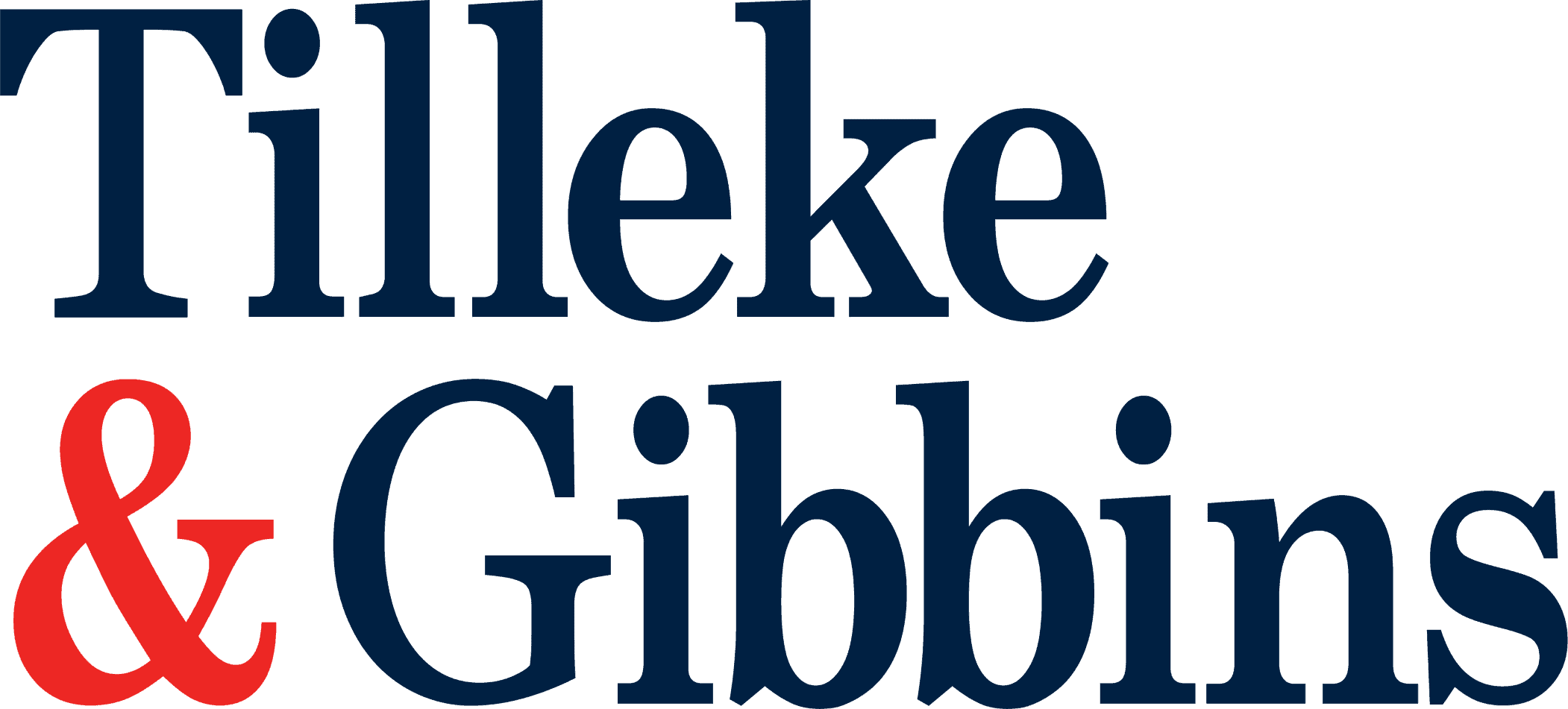
Calculating damages is difficult in any type of litigation, but attempting to assess the damages in cases involving trade secrets can be far more complex than in cases relating to other forms of intellectual property rights.
For plaintiffs, recovery of damages is a key factor in trade secrets litigation. Like other forms of intellectual property litigation, the plaintiff’s lost profits form a central component of any damages award. But unlike trademark or patent litigation, Thailand’s Trade Secrets Act empowers the court to move beyond lost profits and award other types of damages as well.
Causes of Action
Protection for trade secrets is usually provided in the form of non-disclosure of trade information, which must be kept confidential by the owner through the use of appropriate means. Trade secrets are only valuable as long as they remain a secret.
Any act of disclosure, deprivation, or usage of a trade secret without the consent of the owner in a manner contrary to fair commercial practice constitutes an infringement of trade secret rights, provided that the infringer knows or should have known that his or her action is contrary to fair commercial practice.
The causes of action which are available in trade secret cases include: (1) breach of an employment agreement by an employee; (2) misappropriation of trade secrets and confidential information; and (3) tortious interference with business relations with the ex-employee and/or between the former employer and its customers or suppliers.
Calculating Lost Profits
Where a cause of action exists, the plaintiff will likely seek damages that are sufficient to compensate for the economic and financial loss caused by the defendant’s infringement.
In trade secrets litigation cases where both the plaintiff and the defendant have already developed and sold the products, a historical baseline for profitability can be been established. If such actual damages can be proved, then the lost profits may be recoverable.
Lost profits are typically calculated as net profits (i.e. gross revenue minus overheads and expenses). Most courts prefer to use the plaintiff’s lost profits, or the defendant’s profit gains, as the preferred measure for assessing damages.
However, if neither the plaintiff nor the defendant has any sales history on which to base such a calculation, most courts would find the measure of lost profits to be too speculative for the purpose of recovering damages.
The court calculates the lost profits which are attributable to the plaintiff through a range of methods, which vary from relatively straightforward to extremely complex. The court will consider the following factors:
- The nature of the misappropriated trade secret
- Research and development costs
- Competition between the businesses of the plaintiff and the defendant
- The size of the markets and other factors which are difficult to quantify
Therefore, during the trial, the plaintiff should show the court that the plaintiff has invested significantly, over the course of many years, in technology, time, money, intellectual property, security measures, and so forth, in relation to the trade secrets. The plaintiff may present evidence to prove these factors to the court, so that the court can use the information to determine the amount of damages to award.
The Thai Trade Secrets Act does not specify the amount of expenses that can be claimed in relation to the enforcement of rights, in the same manner as the Thai Patent Act. A plaintiff can claim its lawyers’ fees and travel expenses in the lost-profit calculations, but it is important to bear in mind that there is no precedent judgment in relation to such claims.
Additional Damages
Beyond just recovery of lost profits, the Thai Trade Secrets Act empowers the court to apply several additional measures for calculating damages:
- In addition to the damages for the actual damage suffered, the court may include in the damages for the plaintiff profits accrued from, or connected with, the infringement by the infringer.
- If the court is unable to measure the damages under (1), it may order that an amount of damages be paid to the controller of the trade secrets.
- Where there is clear evidence that the infringement of trade secrets has been conducted wilfully or maliciously, the court is empowered to order the infringer to pay punitive damages, in addition to the amount of damages granted under (1) or (2). However, the punitive damages are limited to no more than double the damages payable under (1) or (2).
These additional forms of damages provide new avenues for trade secret owners to seek redress when their valuable information has been misappropriated. Thai legal practitioners will be closely monitoring the practical application of these damages awards as more trade secrets disputes are heard by Thailand’s Intellectual Property and International Trade Court.
